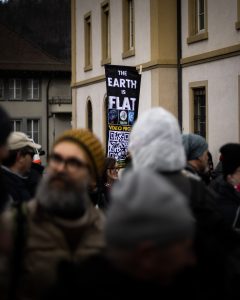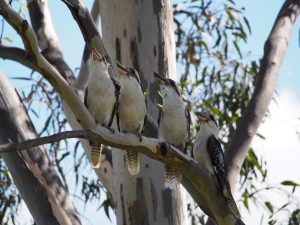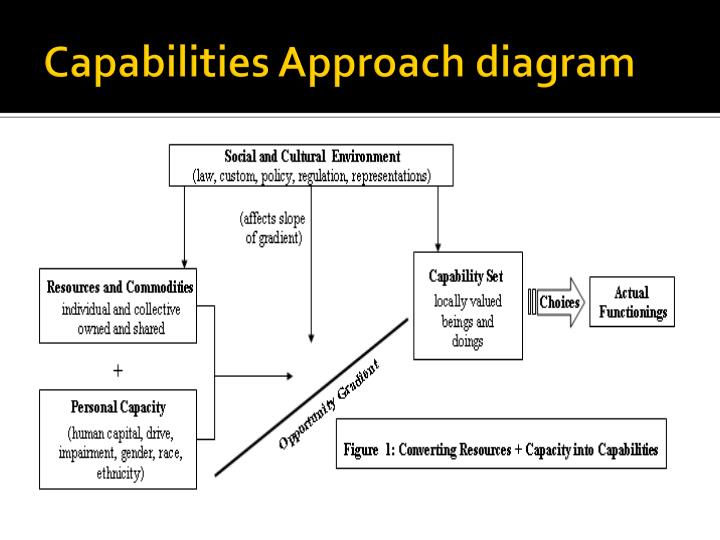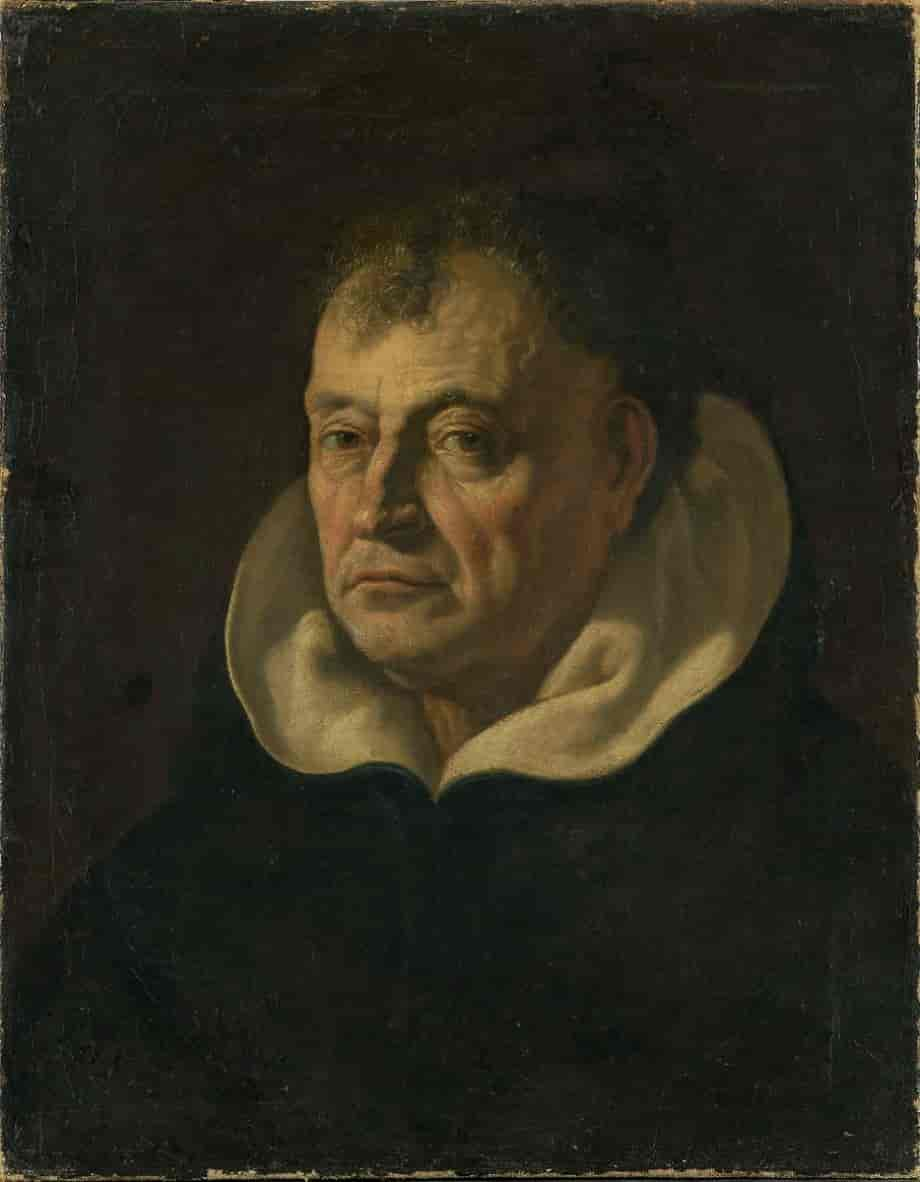Death Metal band Dead Territory has a wonderful video cover of John Cage’s 4’33” that I use in my Introduction to Latin American Philosophy course to practice doing phenomenology. It is good for teaching students to rethink how they interpret perceptions and how they give descriptive accounts of their experiences.
This video features the band Dead Territory giving a “death metal” cover of John Cage’s 4′33″. 4′33″ is a composition that instructs performers not to play their instruments, so the composition is practically silent. The effect of the composition’s performance is to turn the audience’s attention to the ambient sounds of the environment they inhabit. Dead Territory’s cover, which is self-avowedly a “death metal” rendition, gives a visual element to the composition that pushes the audience to reflect not only on the absence and presences of sound, but also the band’s own “performance,” standing silently in a practice space with instruments at the ready while they nod their heads along to the ambience.
I use this video as part of an exercise in doing phenomenology by way of giving a phenomenological description. My aim is to give a quick introduction to phenomenology for the purposes of reading Enrique Dussel’s work in my Latin American philosophy class. Dussel is an Argentinian philosopher who devises an original “philosophy of liberation” that is heavily indebted to the tradition of phenomenology. The second chapter of Dussel’s book, Philosophy of Liberation, is titled “From Phenomenology to Liberation,” and I attempt to quickly introduce my 100-level students to phenomenology as a preface to showing how Dussel attempts to radicalize phenomenology for the purposes of liberation.
In this activity, I tell the students we are going to watch a performance of a musical piece by John Cage called 4′33”, and that the task will be to closely watch the video with attention to our general stream of consciousness. I tell them to be attentive to where their attention goes: the projected video, the faces of the performers, the sounds and noises heard from both the computer speakers and the class at large, the feel of their bodies, and anything else they notice.
In Experimental Phenomenology, a very useful book for introducing students to phenomenology, Don Ihde describes this activity as making a “catalogue of momentary experience, trying to note as much as possible of what occurs within a short span of experience.” It is useful to try to guide the students to stay away from our normal way of perceiving things as already-known things, as opposed to attending to how those things appear to experience. Students are, in part, called on to engage in the phenomenological epoché, the suspension or stepping back from our usual way of perceiving things.
After the video is over, I instruct students that they will have five minutes to write down what they have perceived, and I push them to keep writing continuously until the five minutes are up. At the end of the five minutes, I ask for students to share what they wrote, and I jot down all the different experiences they describe. Student responses tend to vary: some respond with open descriptions of their streams of consciousness while others give a more explanatory account, saying that they perceived a video, that they “heard” silence, and that “nothing happened.” The latter responses are very helpful, as they provide opportunities to intervene in how we organize our perception without noticing that we are doing so.
By the end of the activity, students get a taste of what it means to really begin describing our stream of consciousness, and they begin to think about the ways that our perception is structured in ways that arrange how we perceive without our noticing it. The activity often has students smiling as they realize the death metal band is not going to play a single note. Students often feel comfortable participating in ways they aren’t always when discussing philosophical readings or arguments, as the topic is their own experience. Students get to practice phenomenology, leaving them in a better place to engage phenomenology-inflected texts without necessarily having had the chance to take a class in phenomenology or otherwise be exposed to its foundational texts.
For my Latin American philosophy class, the expected outcome is that students get a practical sense of what Dussel means by phenomenology. They are ready to think through a phenomenology of others and how they appear to us in our perception, along with how Dussel might connect our experience of others around us to a philosophy of liberation concerned with caring for others.
Possible readings:
- Simone de Beauvoir, Ethics of Ambiguity.
- Enrique Dussel, Philosophy of Liberation.
- Martin Heidegger, Being and Time.
- Edmund Husserl, Ideas.
- Emmanuel Levinas, Totality and Infinity.
- Maurice Merleau-Ponty, Phenomenology of Perception.
- Gail Weiss, Ann V. Murphy, Gayle Salamon, eds. 50 Concepts for a Critical Phenomenology.
Sources and other resources:
- Don Ihde, Experimental Phenomenology.
The Teaching and Learning Video Series is designed to share pedagogical approaches to using video clips for teaching philosophy. If you are interested in contributing to this series, please email the Series Editor, Gregory Convertito, at gconvertito.ph@gmail.com.
The post John Cage’s 4’33” and Experimental Phenomenology first appeared on Blog of the APA.
Read the full article which is published on APA Online (external link)






